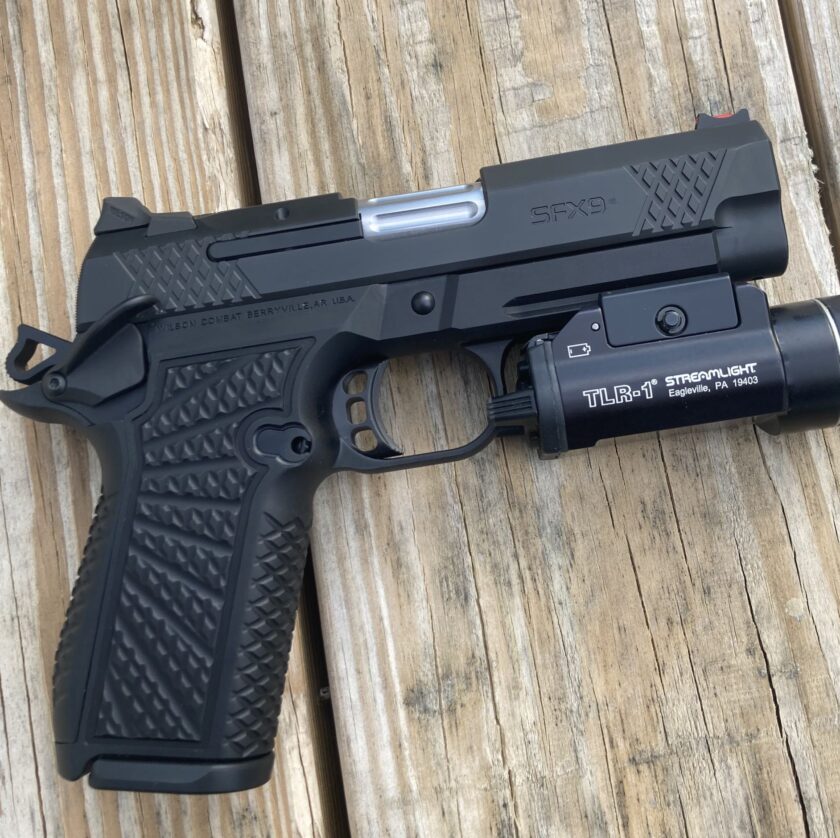Of late I have had the privilege of attending a few of my nephew’s little league baseball games. It is very cool to be in a place in my life where I can come show my support for him. I played little league baseball so this was also fun on its face. But it got me thinking about something else, this meditation on little league and tactical pageantry. I hope my attempt at metaphor isn’t too far gone and that this offers some food for thought.
Little League
On my nephew’s team, certainly on my childhood teams, and probably on most teams, is one kid who is “different.” This kid is the lightning rod the team. During games he’s always swinging hard at anything close, taking huge lead-offs, and running bases extremely aggressively. He’s not watching the stands, his buddies, or thinking about what he’s doing after the game – he’s watching the pitcher, the ball, the base coaches. At practice he listens to every single thing the coach has to say. If he needs to choke up on the bat to get a hit…he chokes up, and guess what? He gets hits. He is fully engaged, his uniform is filthy at the end of every game, and this kid is the “Charlie Hustle” of his team.
Most teams also have a bunch of kids who are more concerned with looking like big-leaguers. Though it has been a couple dozen years ago, I totally remember imitating Major League ball players. Elaborate at-the-plate rituals, refusing to choke up on the bat because it doesn’t look cool, and putting way too much emphasis on stuff like the latest batting gloves. I can totally identify with these kids because guess what? I was one of those kids.
And guess what else? I wasn’t a very good baseball player for my first couple of years. At some point in my very short-lived baseball career I realized that getting hits, stealing bases, scoring runs, and making plays was what really looked cool. And that’s when I was able to really elevate my game and become a halfway decent player.
Tactical Pageantry
So what does this have to do with tactics, shooting, or anything else? It’s quite simple: many shooters would rather do what the “big-leaguers,” – the competitors, cops, and special operators – appear to be doing than to shoot well. There is also a huge culture in the tactical “community” of buying guns because they look cool or have some other cool-guy benefit, and not because they are reliable, ergonomic, accurate, and portable. But this applies to skills, maybe even more so. Let me explain what I mean.

In regards to skills, I’ve seen a lot of people show up to class unwilling to learn much of anything. Some people seem to show up to class only to show off how much they already know. They already have their preferred way to clear malfunctions or reload, their perfected stance or grip or whatever. They l push back when instructors attempt to give them some knowledge that may improve their shooting ability. “But [fill in the blank instructor] says…” or “but [fill in the blank unit] operators do x…” This is a lot like my early little league years: unwilling to take advice because I thought looking like a big-leaguer is what it took to actually be a big-leaguer.
Looking Good vs. Being Good
How wrong I was. The way to look like a good baseball player is to be one. The way to be one realize that you don’t know everything, and be willing to take advice. Big-leaguers don’t choke up on their bats because they can afford custom-made bats. To think that what works for a big-league ballplayer will work for me is to fail to understand some fundamental differences in skill, strength, size, and genetic athletic ability that make the identical use of equipment impractical. Choking up on the bat didn’t look as cool, but it would have helped me get more hits, which does look cool.
Fortunately by the time I got into shooting I adopted a mindset of wanting to learn. By the time I attended my first handgun training – an ten-week long close quarters battle (CQB) course in the military – I was hungry for the instructors’ knowledge. I listened to every single word they said. I came into it knowing I didn’t look cool, and wanting to take away everything I possibly could. The result? I learned faster as a shooter, and gained skill much faster. I walked away from that CQB package as the high shooter, even among guys who had attended three our four of these courses before.
Getting the Most from Training
Though I am still imperfect at it, the best way to approach training is with a completely open mind. When you show up at a course and instructor begins talking about a specific technique – be it grip, stance, sight alignment/picture, malfunction clearance, whatever – give it a chance. You might just learn something new, or find a technique that tangibly improves your “system” of shooting. Every intermediate or advanced shooter out there has an amalgam of each instructors’ teachings. No two “advanced” shooters’ techniques are 100%, totally identical. There are also a million ways to skin a cat, and someone who is willing to train and practice hard, even with a “wrong” technique will shoot circles around the amateur who idealizes one particular methodology and idolizes one particular instructor.
Training is expensive. Tuition costs money, as does ammunition. Most courses, for most people require some travel which involves fuel cost (or plane tickets), hotels, etc. Go to training with the goal of getting the most out of it, not showing how much you already know. Your skill will improve by leaps and bounds. Your own personal system of marksmanship and firearms manipulation will evolve. And soon you will be begin to be cool, not just look cool.





